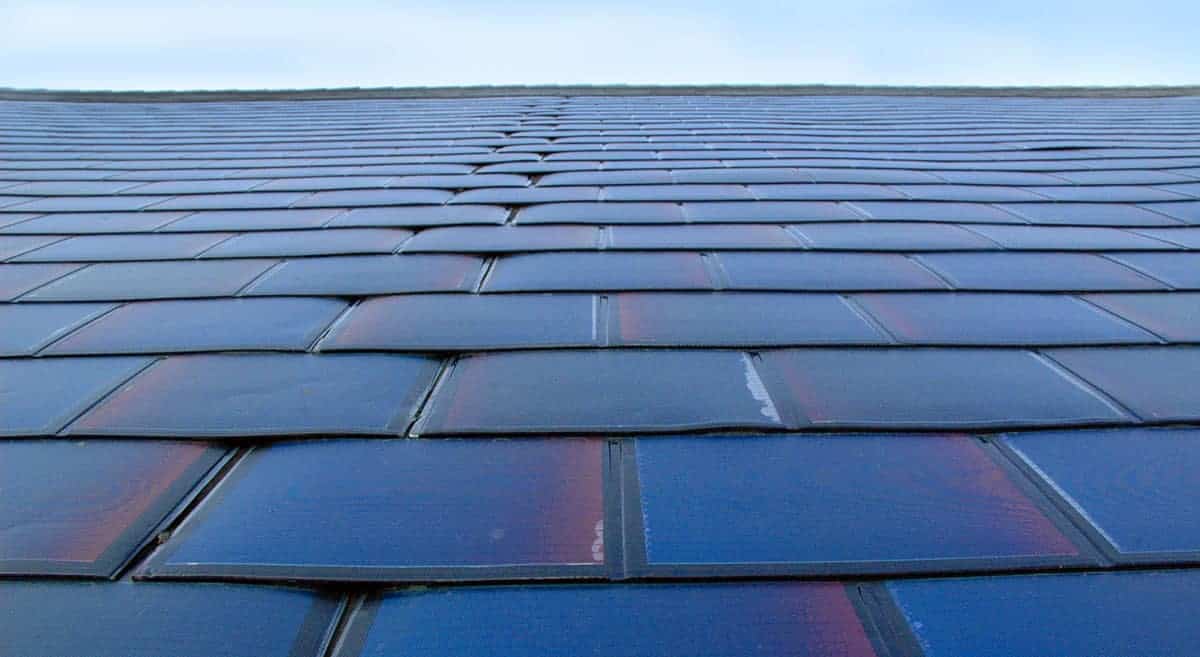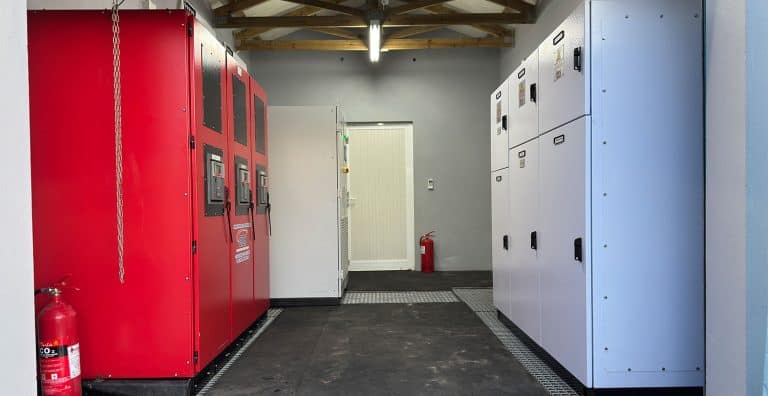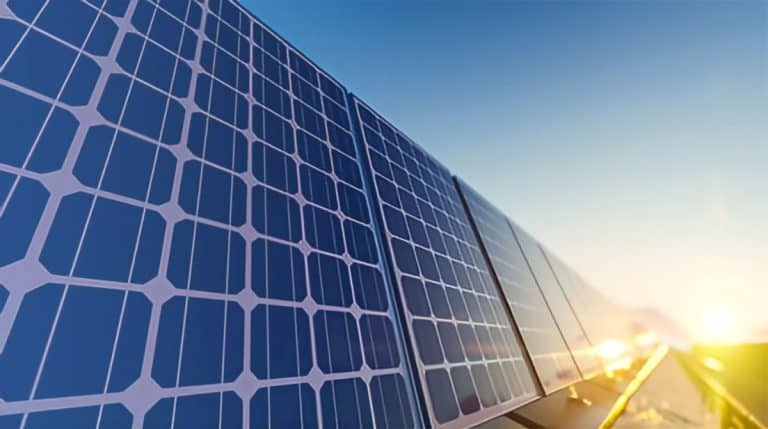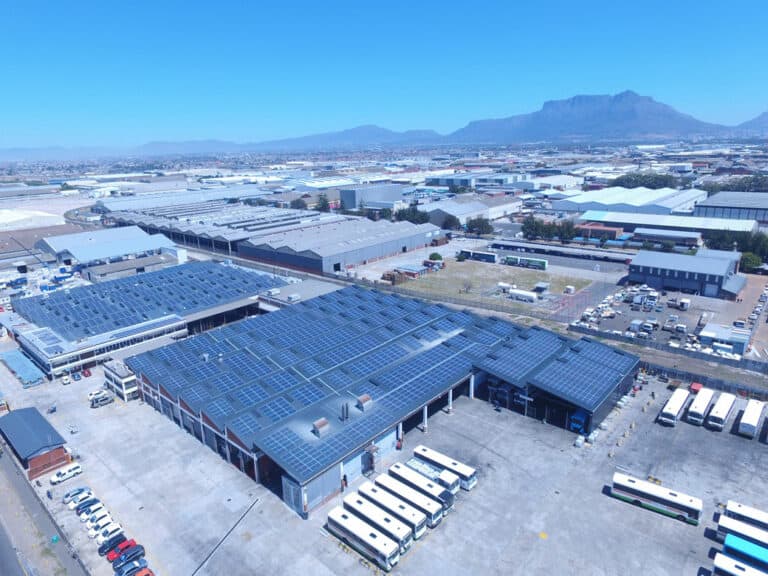Solar Shingles is the latest buzz word in renewable energy.
Solar shingles are designed to look like normal tiles on the roof of a house. However, they function just the same as solar panels – by harnessing the sun’s energy to power your home. They are lightweight and easy to install and are designed to withstand rain, wind, and hail. Each tile can produce between 13 and 63 watts of energy.
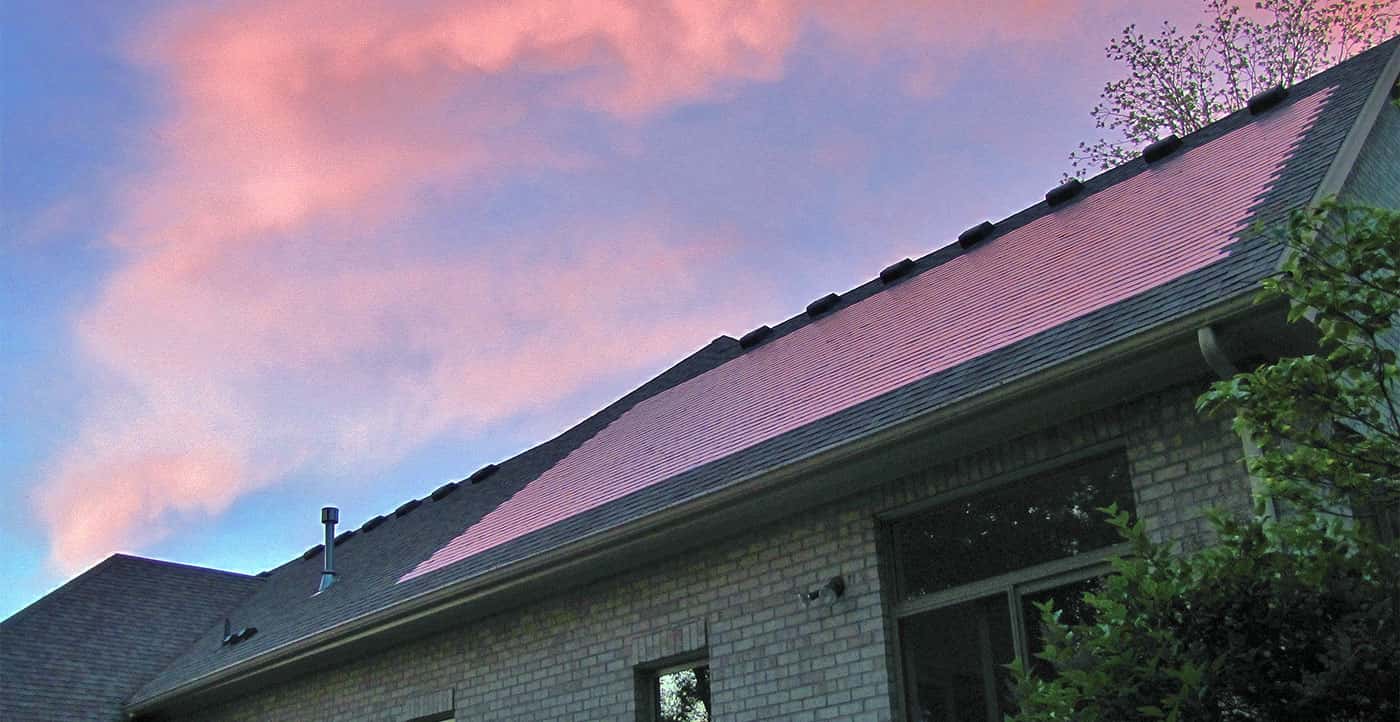
What is their function?
Each shingle is comprised of photovoltaic cells, the same that are used on satellites in space. The name “photovoltaic” is self-explanatory; the word “Photo” means light and the word “voltaic” means electricity. Therefore, they take the light and turn it into electricity.
- The light hits the solar shingles
- Part of the light is captured within the silicone semiconductor
- The semiconductor now contains energy
- The energy electrons are loosed at begin to move more freely
- The PV cell’s then act upon the free flowing electrons forcing them to flow in one direction
- This then creates electric power
Solar Shingles vs Solar Panels
The basic difference between solar shingles and solar panels is the way they look and how they are installed.
Solar panels are mounted on the roof on top of the existing roof shingles. Installation is lengthy and is more complex. However, should you relocate, the solar panels can be installed on your new home. To date, solar panels are more efficient, especially when mounted to receive the optimum amount of sunlight.
Photovoltaic shingles take the place of regular asphalt shingles in a roofing installation. Designed to protect the roof while at the same time, capture energy from the sun. Installation is simple and takes an average of 10 hours for a professional to complete. Aesthetically, solar tiles are more pleasing to the eye than solar panels.

Conclusion
New ways to harness the sun’s energy are constantly being developed. Choosing the right way to capture light and convert it into energy will depend on your own needs.


